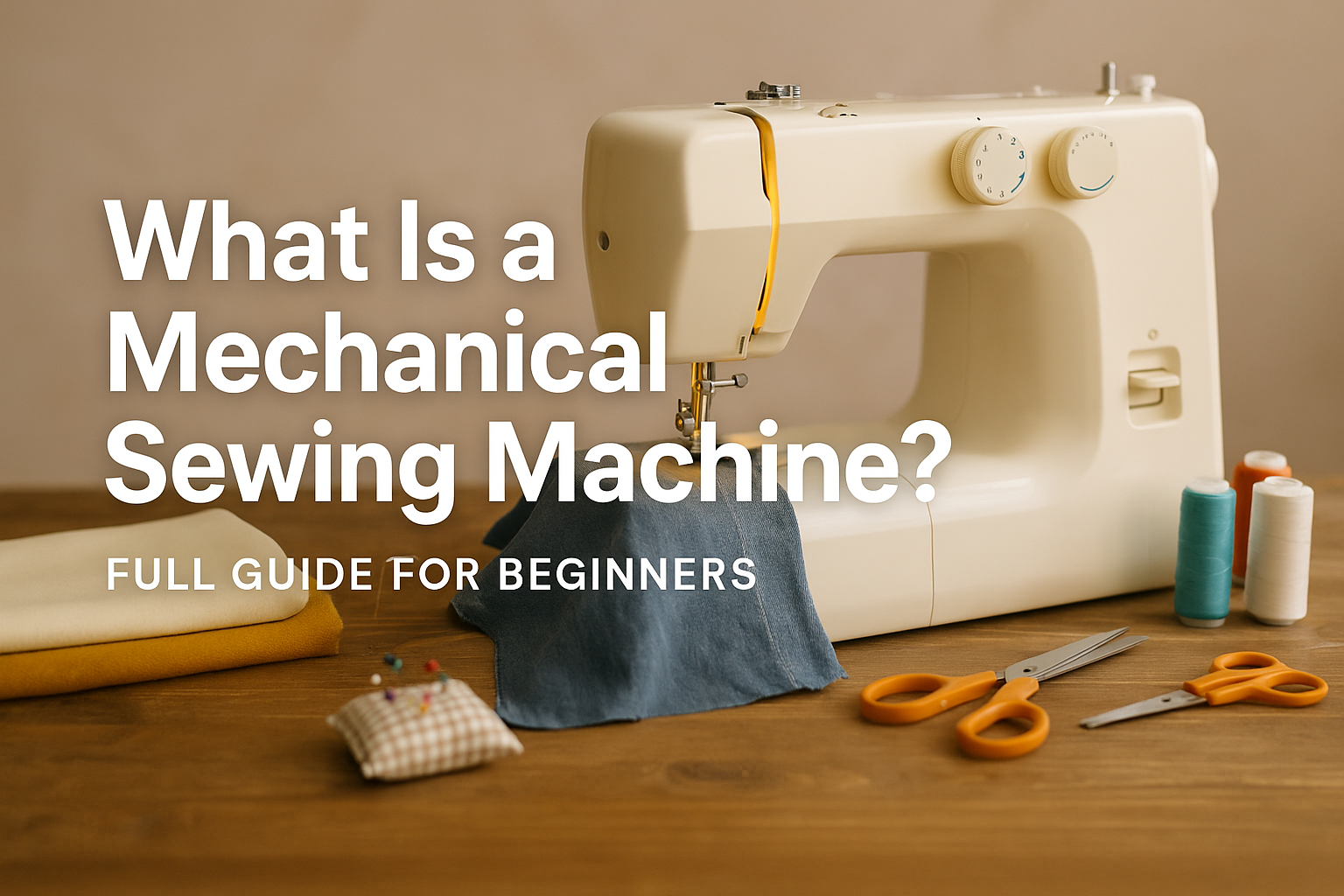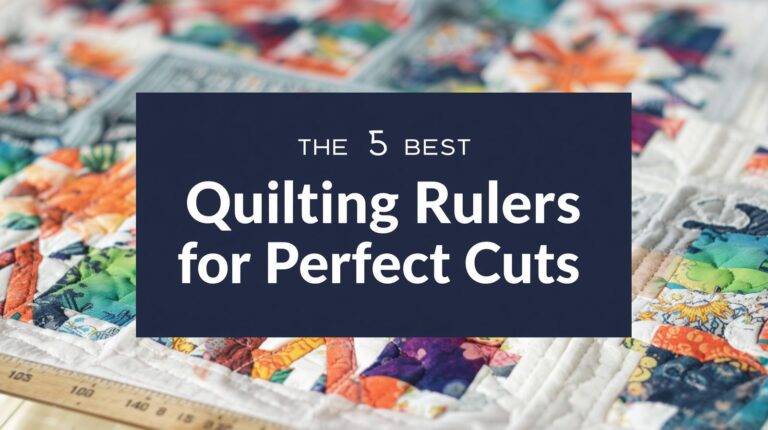What is a Mechanical Sewing Machine? A Beginner’s Guide to These Reliable Workhorses
When you decide to buy your first sewing machine, you’ll quickly discover two main categories: mechanical and computerized. While computerized machines tempt with their fancy screens and hundreds of stitches, the humble mechanical machine remains a beloved and highly recommended starting point. But what exactly makes a machine “mechanical”?
This expert guide will break down everything you need to know about these time-tested sewing powerhouses. We’ll explain how they work, detail their significant advantages and limitations, and help you understand who they are best suited for. By the end, you’ll know if this reliable workhorse is the right creative partner for you.
The Definition: What Makes a Sewing Machine Mechanical?
A mechanical sewing machine is one where its functions are controlled directly by the user through a system of **manual knobs, dials, and levers.** There are no LCD screens, no push-buttons for stitch selection, and no computer chips telling the machine what to do. Every action is a direct result of a physical control you have turned.
Think of it like a manual versus an automatic car. On a mechanical machine, you physically turn a dial to select the stitch pattern. You use separate knobs to adjust the stitch length (how far apart the stitches are) and the stitch width (how wide a zigzag is). These controls are connected to a series of internal gears, cams, and levers. When you press the foot pedal, the motor turns this entire system, creating a stitch based on the physical positions of your dials. It’s a direct, tactile, and straightforward system.
The Pros and Cons: Why Choose a Mechanical Machine?
The beauty of a mechanical machine lies in its simplicity and strength. While it lacks the bells and whistles of its computerized cousins, it excels in several key areas.
The Advantages (Why They Are Loved) ✅
- Incredible Durability: With fewer electronic parts to fail, mechanical machines are renowned for their longevity. Many feature metal interior frames and gears, making them robust and reliable workhorses that can last for decades with proper care.
- Simplicity for Beginners: The straightforward, manual controls are far less intimidating for a new sewist. Learning on a mechanical machine forces you to understand the fundamental relationship between tension, stitch length, and fabric, building a strong foundation for your skills.
- Easy to Maintain: Routine maintenance like cleaning and oiling is simple. Because of their simpler mechanics, they are often easier and cheaper to service. A good local technician in a place like Dhaka can typically repair a mechanical machine with ease.
- Affordability: Mechanical machines offer the best performance for the price, making them the most budget-friendly way to get a high-quality, long-lasting sewing machine.
- Power: Many “heavy-duty” mechanical models are prized for their powerful motors, which are geared for torque and piercing power rather than managing complex electronic functions.
The Limitations (What You Give Up) ❌
- Limited Stitch Selection: You’ll typically get between 10 to 30 essential utility and basic decorative stitches, but you won’t find hundreds of patterns or lettering fonts.
- Manual Operation: Features like creating a buttonhole are often a more hands-on, 4-step process instead of an automated 1-step function. They rarely include luxuries like an automatic needle threader or thread cutter.
- Less Convenience: Changing from a straight stitch to a zigzag requires turning multiple dials, whereas on a computerized machine it’s a single button press.
HEAVY-DUTY WORKHORSE

1. The Heavy-Duty Powerhouse: SINGER 4423
This is a modern classic and one of the most highly recommended mechanical machines. It’s beloved for its powerful motor, high sewing speed, and sturdy metal frame. It’s simple enough for a beginner to master, but strong enough to handle thick fabrics like denim and canvas with ease. It’s a perfect example of a durable, powerful, and affordable mechanical machine.
Check Price on Amazon
Who is a Mechanical Sewing Machine For?
A mechanical sewing machine is the ideal choice for several types of users:
- The Absolute Beginner: It provides the perfect, non-intimidating platform to learn the art of sewing from the ground up.
- The Durability-Focused User: Anyone who needs a machine for practical, heavy-duty tasks like mending jeans, making bags from canvas, or light upholstery work will appreciate its strength and reliability.
- The Budget-Conscious Sewist: It delivers the most robust and reliable core sewing experience for the lowest initial investment.
- As a Dependable Backup: Many advanced sewists who own expensive computerized machines keep a mechanical model as a trusty backup for simple tasks or for when their primary machine is being serviced.
BEGINNER’S ESSENTIAL

2. Complete Sewing Starter Kit
Once you’ve chosen your machine, you’ll need the right accessories. This type of kit provides all the essential notions in one package: a variety of threads, a measuring tape, a seam ripper for fixing mistakes, sharp thread snips, and a pincushion. It’s the perfect companion to your new mechanical machine.
Check Price on Amazon
Conclusion: The Timeless Choice
In a world of ever-increasing technology, the mechanical sewing machine stands as a testament to the beauty of simple, robust, and effective design. It is a tool built for a single purpose: to create a strong, reliable stitch, and it does so exceptionally well.
If you are looking to begin your sewing journey on a machine that is easy to learn, forgiving of mistakes, powerful enough to grow with you, and will last for years to come, then a mechanical sewing machine is not just a good choice—it’s very likely the perfect choice.






